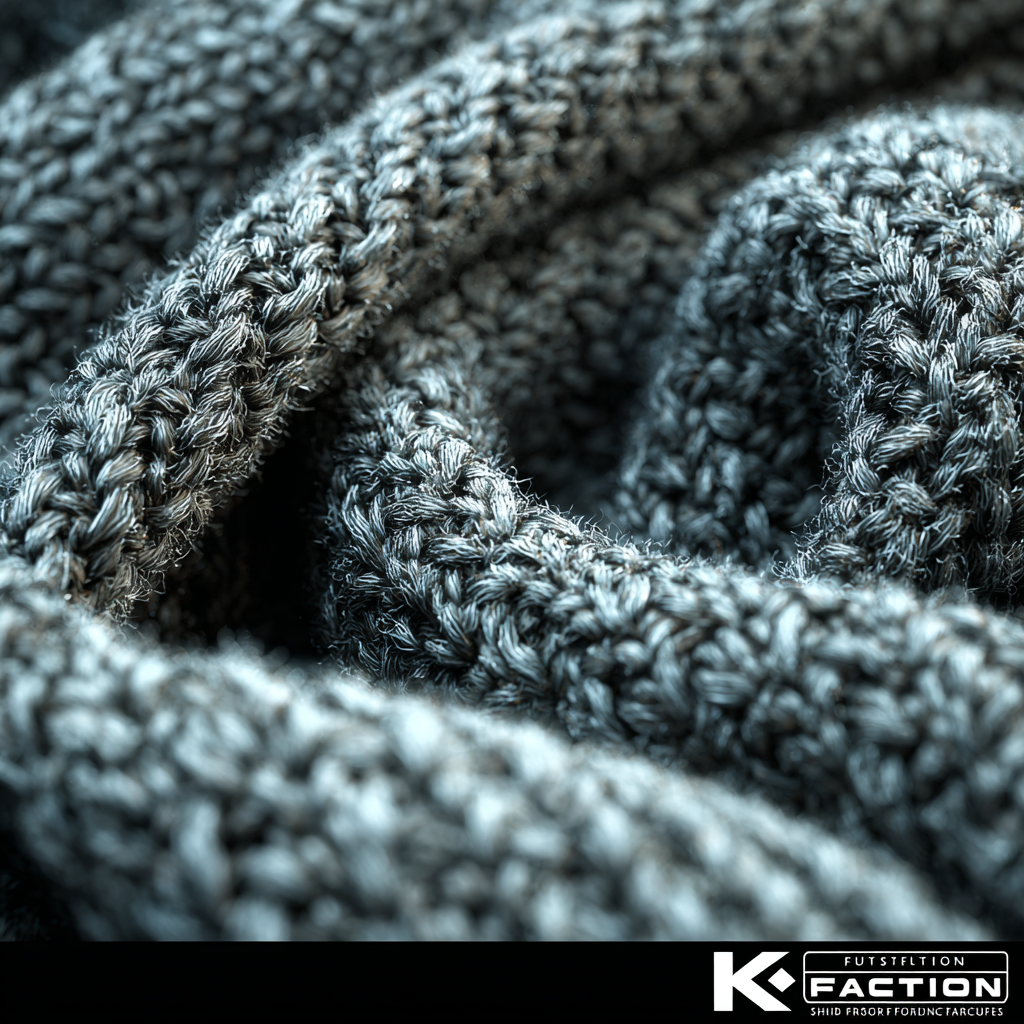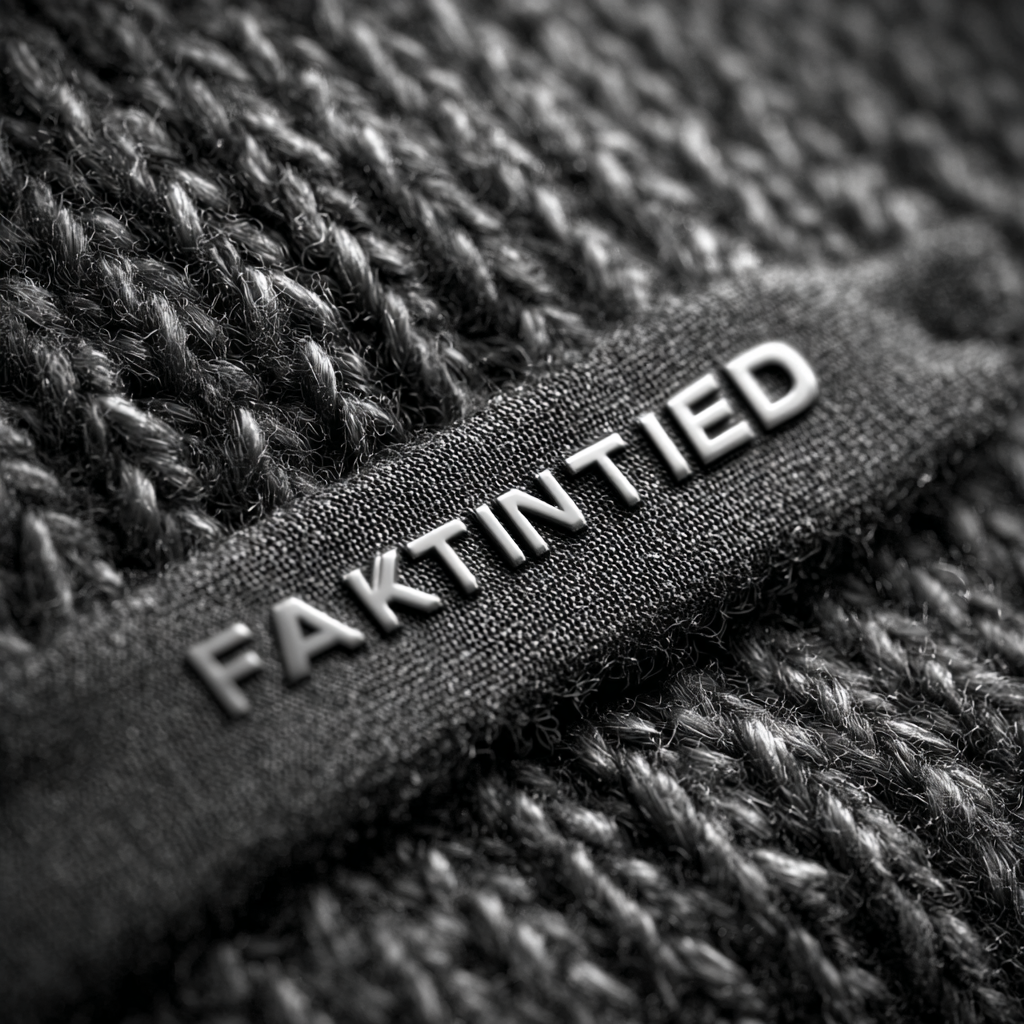The fashion industry is undergoing a transformative phase, with innovations in Fashion Knitted Fabric leading the charge towards a more sustainable and stylish future. According to a report by Grand View Research, the global knitted fabrics market size is projected to reach USD 55.5 billion by 2025, reflecting a compound annual growth rate (CAGR) of 4.5% from 2019 to 2025. This growth is driven by the increasing demand for versatile and comfortable apparel, as well as advancements in textile technology. Manufacturers in China are at the forefront of this revolution, harnessing cutting-edge techniques and eco-friendly materials that cater to a global audience. As we explore the future of Fashion Knitted Fabric, it is essential to highlight both innovations and trends that not only enhance functionality but also embody the principles of sustainability and ethical production.

The knitting industry is on the brink of transformation, driven by emerging technologies that enhance both the quality and functionality of knitted fabrics. Innovations such as 3D knitting machines and digital knitting software are allowing manufacturers to create intricate patterns and textures with unprecedented precision. These technologies not only streamline production processes but also reduce waste by utilizing only the necessary amount of yarn, aligning with sustainability trends in fashion.
When considering knitted fabric innovations, it's essential to stay informed about the latest materials. For instance, bio-based fibers and recycled yarns are gaining traction amidst growing environmental concerns. Exploring partnerships with suppliers who prioritize sustainable practices can not only elevate your brand’s eco-credentials but also appeal to conscious consumers.
Investing in smart textiles is another notable trend in the knitted fabric arena. Fabrics embedded with sensors can track health metrics or change properties based on environmental conditions. As this technology evolves, incorporating such innovative materials can distinguish your products in a competitive market. Keep an eye on collaborations with tech companies to stay ahead of the curve.
In recent years, the fashion industry has witnessed a significant shift towards sustainability, particularly in the realm of knitted fabrics. According to a report by McKinsey & Company, nearly two-thirds of consumers are now willing to pay more for sustainable products, which has spurred brands to innovate in the realm of eco-friendly knitted fabrics. This trend is evident in the increasing use of recycled materials such as polyester derived from post-consumer plastic bottles and organic cotton that reduce water usage by up to 91% compared to conventional cotton farming.
Furthermore, the incorporation of advanced knitting technologies is enhancing the sustainability of fashion. Innovations such as 3D knitting not only minimize waste during production but also allow for more personalized and customizable fabric designs, reducing the need for mass production. According to a study by the Ellen MacArthur Foundation, the adoption of circular economy principles in fashion could unlock $560 billion in value, highlighting the potential economic benefits of sustainable practices. This convergence of sustainability and technology is setting the stage for a new era in fashion knitted fabrics, where environmental responsibility goes hand in hand with cutting-edge design.

The landscape of knitted textiles is evolving rapidly, shaped by global trends that prioritize sustainability, technology, and multifunctional designs. According to a recent market report by Grand View Research, the global knitted fabric market is expected to reach USD 43.93 billion by 2028, expanding at a CAGR of 4.6%. This growth underscores the increasing demand for high-performance fabrics that not only meet aesthetic desires but also address environmental concerns. As brands respond to consumer demands for sustainable practices, innovations in recycled fibers and biodegradable materials are becoming more prevalent.
Moreover, technological advancements are shaping the future of knitted textiles. Smart textiles are emerging, integrating sensors for health monitoring, temperature regulation, and even connectivity. A report from Technavio highlights that the smart textile market will grow by USD 6.33 billion between 2021 and 2025, showcasing the potential for knitted fabrics in wearable technology. This convergence of fashion and function is driving brands to explore new frontiers in design and performance.
**Tips**: When incorporating knitted fabrics into your collection, consider using innovative materials that are eco-friendly and enhance performance. Look for partnerships with suppliers who focus on sustainable practices to align with consumer values. Embracing technology will not only set your designs apart but also cater to a growing market interested in multifunctional textiles.
| Innovation | Description | Trend Type | Market Impact | Sustainability Level |
|---|---|---|---|---|
| Smart Textiles | Knitted fabrics integrated with technology to monitor body temperature and health. | Technological Innovation | High | Moderate |
| Eco-friendly Fibers | Fabrics made from organic cotton, bamboo, and recycled materials. | Sustainability | Increasing | High |
| 3D Knitting | Creating complex shapes and structures without seams, enhancing comfort. | Manufacturing Innovation | Moderate | Low |
| Wearable Technology | Integration of fitness trackers and smart devices into knitted garments. | Trend-driven Technology | High | Moderate |
| Comfort Stretch Fabrics | Knitted fabrics designed to provide superior stretch and recovery. | Performance Enhancement | Growing | Moderate |
The realm of knitted fashion is experiencing a transformative phase, characterized by innovative designs that not only elevate aesthetics but also enhance functionality. According to a report by Grand View Research, the global knitted fabric market is expected to reach USD 52.04 billion by 2025, growing at a CAGR of 4.7%. This surge is driven by a consumer shift towards sustainable and versatile clothing, prompting designers to explore eco-friendly materials and advanced knitting techniques.
In particular, technologies like 3D knitting are revolutionizing the way fashion items are produced. This method allows for seamless construction, reducing fabric waste and production time. A study published by the Journal of Textile Institute highlights that 3D knits can reduce material consumption by up to 50%, aligning with the increasing demand for sustainable fashion solutions. As designers adopt these groundbreaking practices, we can expect an influx of unique, tailored garments that not only reflect individual style but also prioritize environmental stewardship.

Chinese expertise plays a pivotal role in shaping the future of knitted fabric innovations in the global textile market. With a rich history of textile production and a strong emphasis on technology and design, China has emerged as a leader in this industry. The country boasts advanced manufacturing capabilities, allowing it to produce high-quality knitted fabrics that meet the diverse needs of international buyers. From functional sportswear to fashionable apparel, Chinese manufacturers are at the forefront of providing innovative solutions that enhance both performance and aesthetics.
Moreover, China's collaboration with global fashion brands and designers fosters a vibrant exchange of ideas and trends. This synergy not only accelerates the development of new materials but also integrates eco-friendly practices into the production process. As sustainability becomes a dominant theme in fashion, Chinese textile experts are increasingly focused on creating sustainable knitted fabrics that minimize environmental impact while maintaining style and comfort. This commitment to innovation and sustainability positions China as a crucial player in the ever-evolving landscape of the global textile market.